As far as firearms go, certain topics can cause debate. According to brand, mechanics, or other factors, one type of weapon's superiority over another is a common discussion in gun enthusiast forums.
One topic in particular that comes up frequently in these debates is whether striker-fired guns are better than hammer-fired. It's not easy to decide when there's a range of excellent guns available in both options.
This article will look at both types of firearms and provide information regarding the advantages of each option.
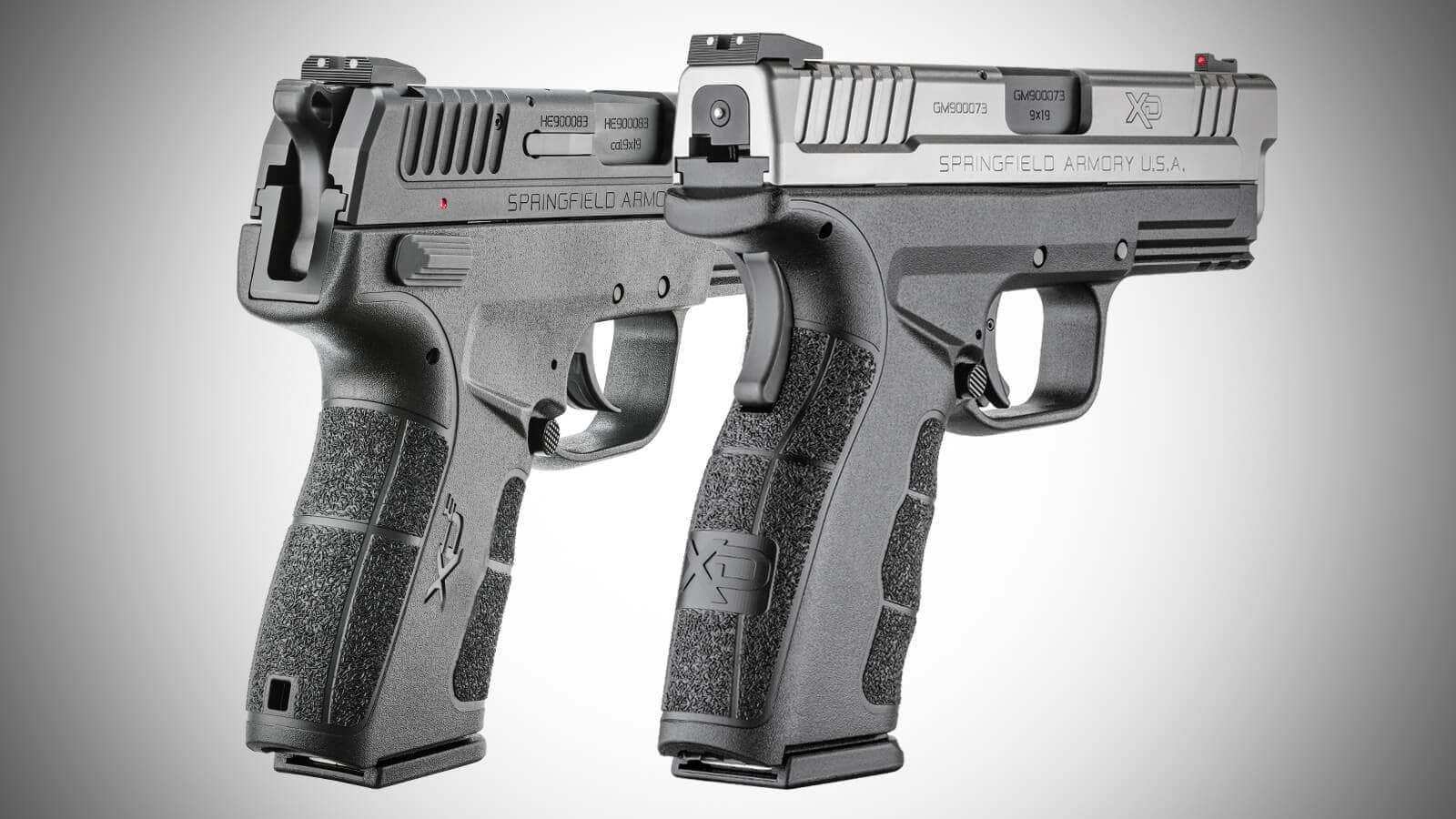
Photo credit: thearmorylife.com
TL;DR: Striker Fired vs. Hammer
Striker Fired | Hammer Fired |
|---|---|
Pros | Pros |
Minimal moving parts More affordable Lightweight | Manual manipulation More durable mainspring Enhanced remedial option |
Cons | Cons |
No visual representation for determining if the gun is cocked No external safety | Heavier More expensive |
Best For | Best For |
Newer shooters and concealed carry situations | Those looking to understand more about how firearms work or wanting more control over the action |
What does Striker Fired Mean?
A striker-fired gun has its mainspring placed horizontally inside the slide, which hits the firing pin. The firing pin in this mechanism is called the striker. There's no hammer involved, just the striker and the spring.
Although many think the concept is modern, bolt actions have been using this mechanism for many years. However, not all work the same way. Some work by racking the slide or pulling the trigger and others require a combination of the two. This action cocks the striker into a firing position.
Potential energy is stored within the spring. When you squeeze the trigger, it releases that energy, and the spring propels the striker, hitting the primer.
There are different types of striker-fired guns, and the only common attribute of these weapons is that they don't have a hammer. The striker fire design only became popular in pistols in the last two or three decades.
What does Hammer Fired Mean?
Traditionally pistols were hammer-fired. It consists of a spring-powered weight located at the back of the firearm, and this weight is called a hammer. It's usually made from steel.
When you squeeze the trigger, you release the hammer, and this swings into the firing pin. The pin then hits the cartridge's primer. This action is metal on metal and this is where the functionality is completely different from striker-fired.
External hammers are more common than internal ones. The mainspring and hammer are typically part of the gun's frame while the firing pin is in the slide.
If the hammer is external, the operator has manual control. You can cock or decock the gun's action without manipulating the slide.
Relevant Characteristics Between Striker Fired and Hammer
Let's quickly cover some of the major considerations when comparing Striker and Hammer-Fired pistols (all else being equal):
Spec | Striker Fired | Hammer Fired |
|---|---|---|
Trigger Weight | Lighter & Consistent | Heavier & Staged (in SA/DA) |
Safety | Somewhat less safe | More Safe |
Concealment | Easier | Can be more troublesome |
Weight | Lighter | Heavier |
Bore Axis | Generally Lower (good) | Generally Higher |
Dependability | Good | Great |
Cost | Typically lower | Typically higher |
Similarities and Differences
Hammer-fired pistols have been on the market much longer than striker-fired. Many consider the latter to be more convenient for concealed carry and law enforcement.
There are several excellent weapons with each of these mechanisms, making it harder to decide which is superior. Check out some of the differences and similarities discussed below.
Striker Fired and Hammer Differences
Let’s take a look at a few differences between striker- and hammer-fired.
Appearance
The two gun types are visually distinct. In most cases, the hammer is visible at the gun's rear when viewing a hammer-fired weapon. A striker-fired gun has a sleeker design with minimal external protruding parts.
Reputation
When it comes to reputation, the hammer-fired option wins. It's tried and true, proving its dependability over many years, though those who support the striker-fired variant may argue that the hammers are the past while strikers are the future.

Photo credit: tacticafashion.com
Safety
Another difference is safety. The safety mechanism is thumb-toggled on a hammer-fired pistol, while this feature is absent on most striker-fired guns. You must take extra care with the striker as an accidental discharge is more likely.
With this variant, you have to have self-discipline and keep your finger out of the trigger guard unless you want to deliberately fire a round. With a hammer-fired pistol, you can keep it cocked with one in the chamber with the safety mechanism turned on, and an accidental discharge is almost impossible.
Cost and Convenience
In terms of price, the hammer-fired action is more expensive. It utilizes more complex mechanisms than its opponent, and many parts are metal. This metal makes the gun heavier than its rival, commonly made from polymer or similar materials.
Those who carry their firearms daily enjoy the convenience of a lightweight gun like the striker-fired variants. New shooters also prefer the striker-fired option. They claim that it's more user-friendly.
Striker-Fired and Hammer Similarities
Both striker-fired and hammer-fired weapons are available as compact pistols, ideal for concealed carry. Law enforcement utilizes both for duty-related purposes as both can have reliable and accurate options within their respective ranges.
Both options are consistent and have great triggers with a comfortable pull. They can both shoot well for many years and are suitable for multiple applications.
Both hold magazines of various capacities and can fit comfortably in the shooter's hand. However, they require regular maintenance and care to perform optimally. You can fit optics like sights or red dots on either option, as well as other accessories such as lights.
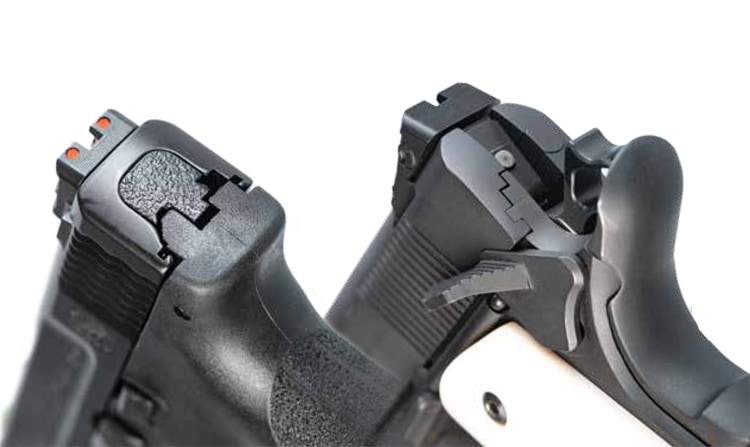
Photo credit: usconcealedcarry.com
Advantages of Striker Fired
It's well-known that the fewer moving parts a firearm has, the easier it is to maintain and the less likely it is to jam. Most striker-fired pistols have fewer components. These firearms are also generally cheaper than hammer-fired weapons, and the functionality is simple.
It's much easier to teach a beginner how to operate a striker-fired handgun as assembly and disassembly are straightforward. In most cases, these guns are compact and easy to carry as backup weapons. It's also convenient as a concealed carry primary weapon.
Another benefit of striker-fired guns is that once they've been cocked, nothing can interfere or cause a blockage to prevent them from discharging the ammunition. It also has a more consistent trigger pull.
It has lower bore access and is lightweight. Of course, there are exceptions to these attributes, but these are the general advantages of a striker-fired weapon.
Advantages of Hammer Fired
The hammer-fired gun is an old-school favorite due to its visual and tactile indicator of whether the weapon's cocked or not. You can manipulate it manually, which for some might be more convenient than fiddling with the slide.
Due to its placement, the mainspring can be thicker, heavier, and stronger than the one on a striker-fired gun as there's more space. This means that the total mass is more and thus more effective. Your options for remedial action are enhanced because of the ability you have to recock the hammer manually.
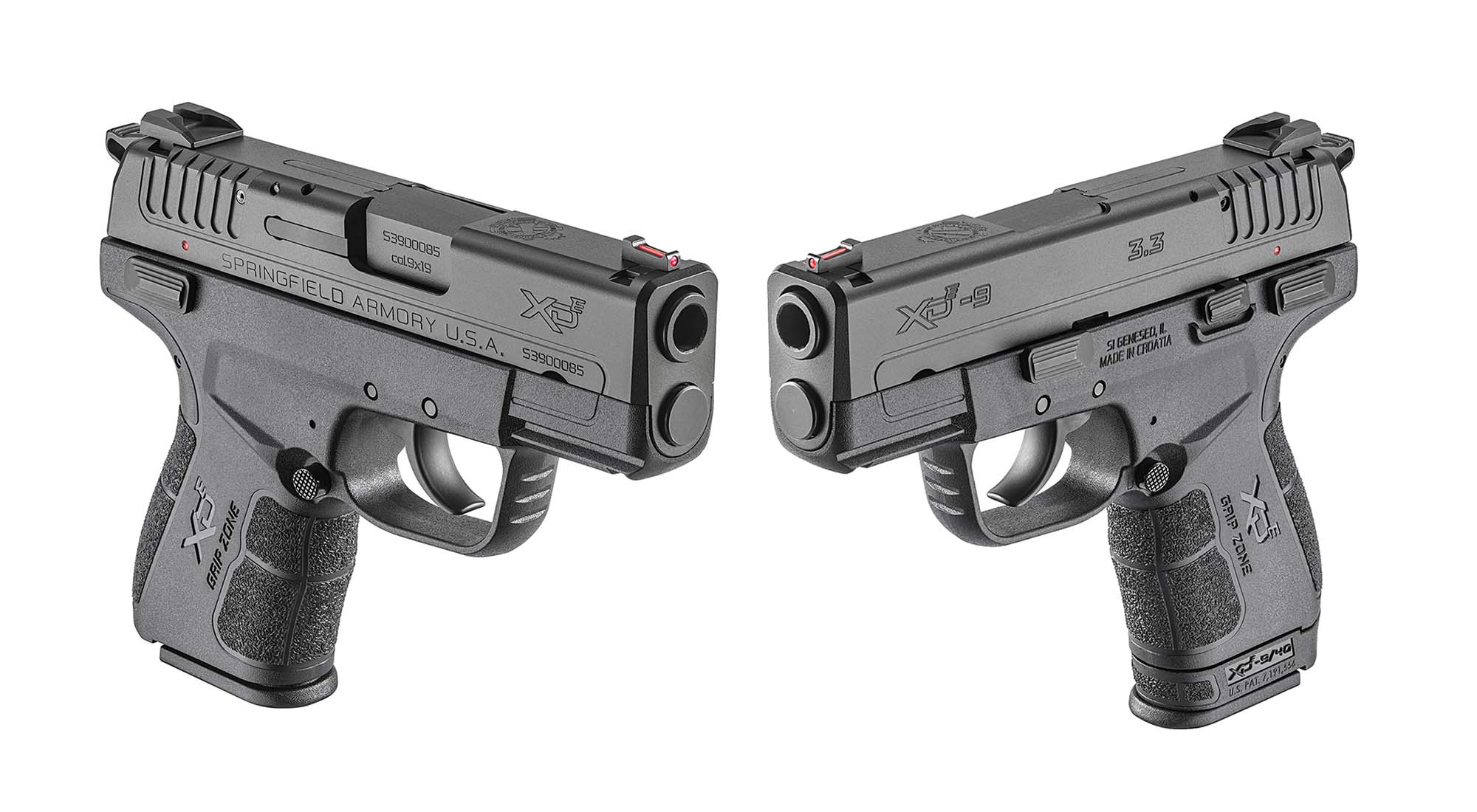
Photo credit: gunsweek.com
Should something go wrong and the round fails to go off, all you have to do is pull the hammer back again. Gun enthusiasts who support hammer-fired pistols maintain that a weapon using this mechanism has a better trigger than striker-fired guns.
Another benefit of hammer-fired weapons is that you've got a choice between double-action, single-action, or a gun that accommodates both. You also get semi-automatic single-action. These firearms are usually heavier than striker-fired options, which assist with accuracy and recoil.
Does Dual or Single-Action Make A Difference?
When it comes to hammer-fired guns, most shooters consider single-action pistols to be more accurate as they have a lighter trigger pull. You need to first cock the hammer manually before you can fire a shot.
There are also automatic single-action guns that only need to be cocked once; after that, each subsequent shot doesn't require prior cocking. An example of this is the popular Colt 1911.
Another factor you need to take into consideration is consistency. A semi-automatic generally has a longer trigger pull (to cock the hammer) on the first shot compared to follow-up ones.
Each gun is different, and you need to familiarize yourself with the trigger weight and pull of your specific weapon. If you fail to do this, it could affect your accuracy.
The reason for this is that the breaking point of the trigger may not be where you expect it to be. If it takes too long to break, you might lose focus, throwing your aim off.

Photo credit: alloutdoor.com
On the other hand, if it breaks too soon, you may not have been prepared for the shot. In cases of self-defense, this is a negative attribute. The best way to overcome it is to test your gun out frequently. If you don't like the concept of dry fire, you can use snap caps.
These are dummy rounds that absorb the impact of the firing pin. The primer section of this component has silicone padding.
With a dual-action hammer-fired gun, it works differently. Dual-action guns have triggers that have a double purpose. Squeezing the trigger cocks the hammer and releases it again so that the ammunition is discharged.
This double functioning means that the trigger pull is longer than on single-actions. It's also a bit heavier.
Bottom Line
While both types of firearms have advantages and disadvantages, the primary function is identical. If you want accuracy, reliability, and a compact pistol, you have viable options in both varieties.
Do you want a lightweight, easy to maintain and conceal option? Then the striker-fired is ideal. Do you want a sturdier weapon with safety features that can easily be toggled on and off? You're better off with a hammer-fired.
The better option boils down to personal preference. You should consider which attributes appeal to you the most and select the firearm that best meets those criteria.
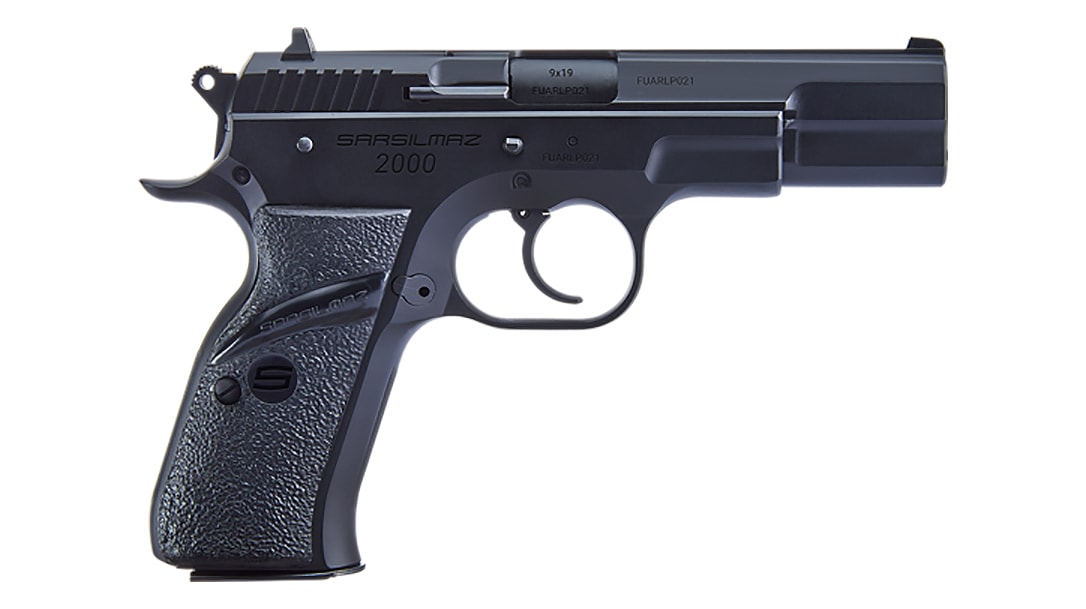
Photo credit: personaldefenseworld.com
People Also Ask
The article has highlighted most of the essential aspects of the two options, clarifying most of the advantages of each. The section below answers some frequently asked questions about the topic.
Can A Striker-Fired Pistol Accidental Discharge?
Yes, but it's extremely rare. Most striker-fired guns are designed to be safe when dropped to avoid accidental discharge. Accidental discharge due to user negligence is another issue altogether.
If you ignore gun safety protocols, place your finger inside the trigger guard, and unintentionally fire a shot, it will go off. This is especially true if the gun has a light trigger weight.
Holsters with protruding tabs that can snag the trigger also pose a risk for accidental discharge. This is because these weapons don't have a safety latch or any mechanism for decking. They're always ready to fire.
Is It Okay To Dry Fire A Striker-Fired Gun?
It depends on the weapon. You should never dry fire a rimfire gun, but with a centerfire pistol, it's usually not a problem, especially if it's a modern gun.
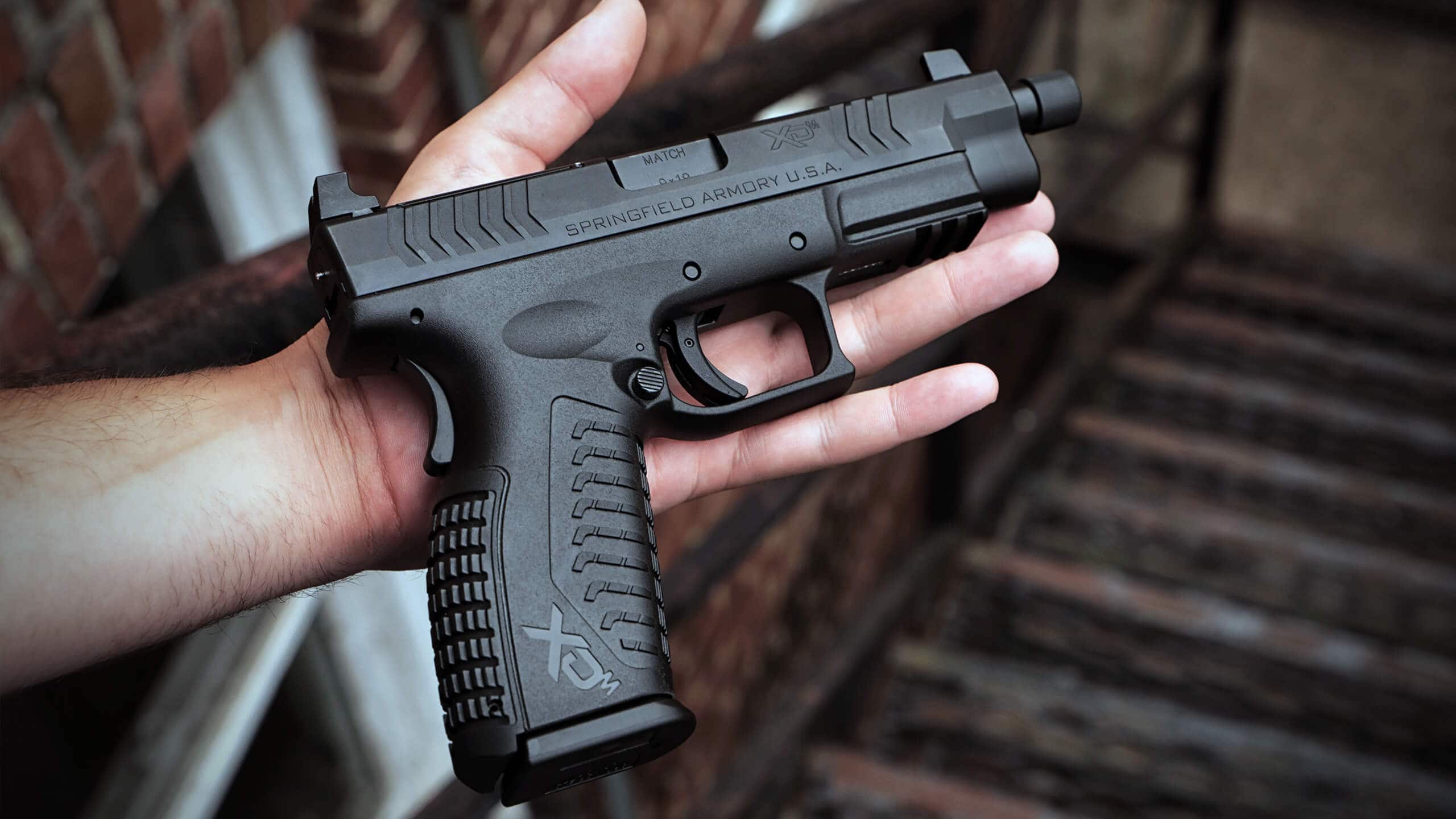
Photo credit: thearmorylife.com
With older firearms, the risk of an over-traveling firing pin is higher, and the chances of damaging your firearm are increased. If you're still not comfortable with the concept, using snap caps is a viable solution.
You can dry fire your weapon from time to time as you build your skills and avoid wasting money on expensive ammunition. By knowing when your trigger is going to break, you build muscle memory and are thus more likely to hit your target.
Are Hammer Fired Pistols Obsolete?
Not at all. Although striker-fired pistols are the common choice among gun enthusiasts, hammer-fired firearms are far from obsolete. Many shooters are fans of the rugged design and external safety features.
Some fans of hammer-fired pistols even claim that the extra weight enhances the gun's accuracy, although that's a debatable topic. Those that like hammer-fired weapons also appreciate the range of choices it offers: single-action, double-action, or both.
Some shooters who aren't confident yet prefer hammer-fired pistols as they can see the hammer and have full control over how safe the gun is.


